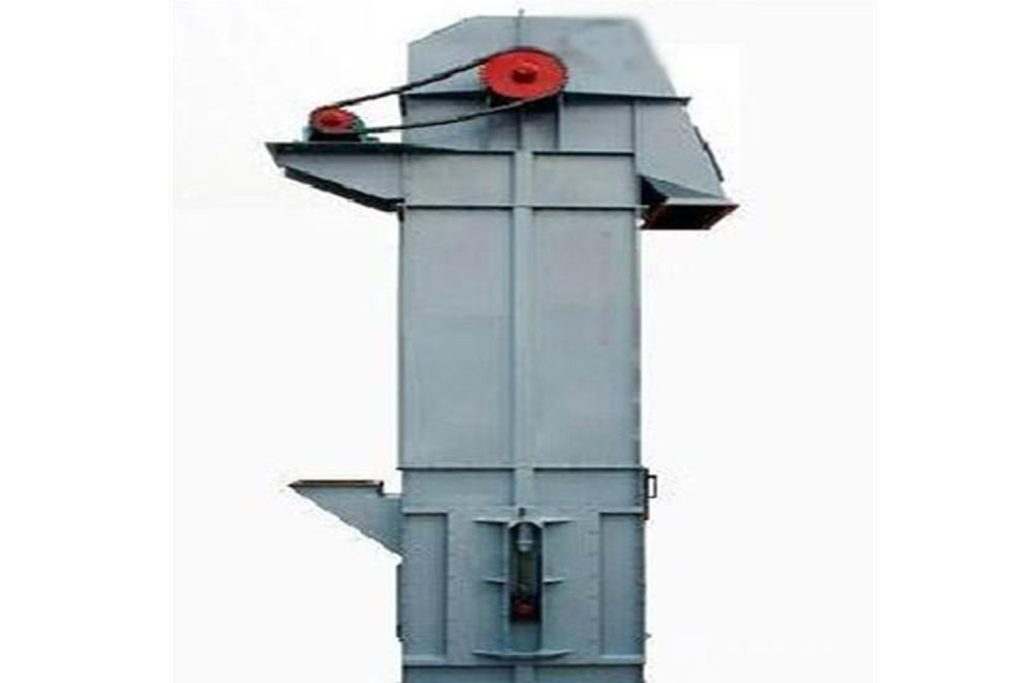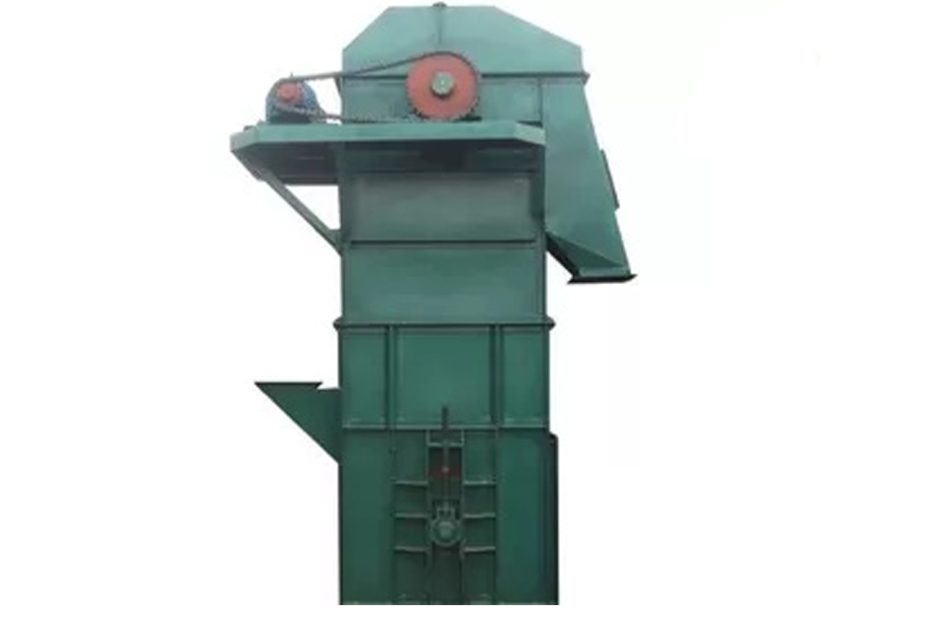Material handling plays a pivotal role in industries, and optimizing the flow of materials is crucial for enhancing efficiency and productivity. Among the various equipment employed for material transport, bucket elevators and vibratory conveyors stand out as versatile and effective solutions. This article explores the features and benefits of these two systems and delves into strategies for optimizing material flow.
Understanding Bucket Elevators
Bucket elevators are vertical conveyors designed to move bulk materials from one point to another. They consist of buckets attached to a belt or chain that rotates around a pulley or sprocket. The design of bucket elevators allows for the efficient lifting of materials, making them ideal for vertical transport within facilities.
Key Features of Bucket Elevators
- Bucket Design: The shape and size of buckets significantly impact the material-carrying capacity and speed of the elevator.
- Belt/Chain: Selection of the appropriate belt or chain is crucial for ensuring durability and smooth operation.
- Drive System: Various drive systems, such as direct, belt, or chain drives, can be employed based on the specific application requirements.
Vibratory Conveyors: A Dynamic Approach
Vibratory conveyors offer a different approach to material handling, utilizing vibrations to move materials forward. These conveyors are well-suited for fragile or delicate materials, providing gentle and controlled transport.
Key Features of Vibratory Conveyors
- Vibration Mechanism: The design of the vibration mechanism determines the conveyors’ ability to handle different types of materials.
- Trough Design: Troughs can be customized to suit specific materials, preventing spillage and ensuring optimal flow.
- Adjustable Speed and Amplitude: The ability to adjust vibration speed and amplitude adds versatility, accommodating various material characteristics.
Material Flow Optimization Strategies
Optimizing material flow involves a comprehensive approach, considering the characteristics of the materials being transported and the operational requirements of the facility.
1. Material Analysis and Segmentation
Before implementing any conveyor system, it’s essential to analyze the materials being transported. Understanding particle size, abrasiveness, and flow characteristics enables the selection of the most suitable conveyor type.
2. Optimal Conveyor Selection
Choosing between a bucket elevator and a vibratory conveyor depends on the specific requirements of the application. For bulk materials with defined particle sizes, bucket elevators may be more suitable, while vibratory conveyors excel with delicate or irregularly shaped materials.
3. Maintenance Protocols
Regular maintenance is crucial for the continuous and efficient operation of both bucket elevators and vibratory conveyors. Establishing routine maintenance protocols ensures that these systems remain in optimal condition.

Comparative Analysis : Bucket Elevator vs. Vibratory Conveyor
| Feature | Bucket Elevator | Vibratory Conveyor |
|---|---|---|
| Vertical/Horizontal | Primarily Vertical | Horizontal and Inclined |
| Material Suitability | Ideal for Bulk Materials | Suitable for Delicate Materials |
| Footprint | Compact | Larger Footprint |
| Maintenance | Relatively Simple | Regular Maintenance Required |
Conclusion
In conclusion, optimizing material flow is a critical aspect of industrial processes, and the choice between a bucket elevator and a vibratory conveyor system depends on various factors. Both systems offer unique advantages, and understanding their features is crucial for making informed decisions. By analyzing materials, selecting the right conveyor, and implementing proper maintenance protocols, industries can achieve seamless material flow, enhancing overall efficiency and productivity.
